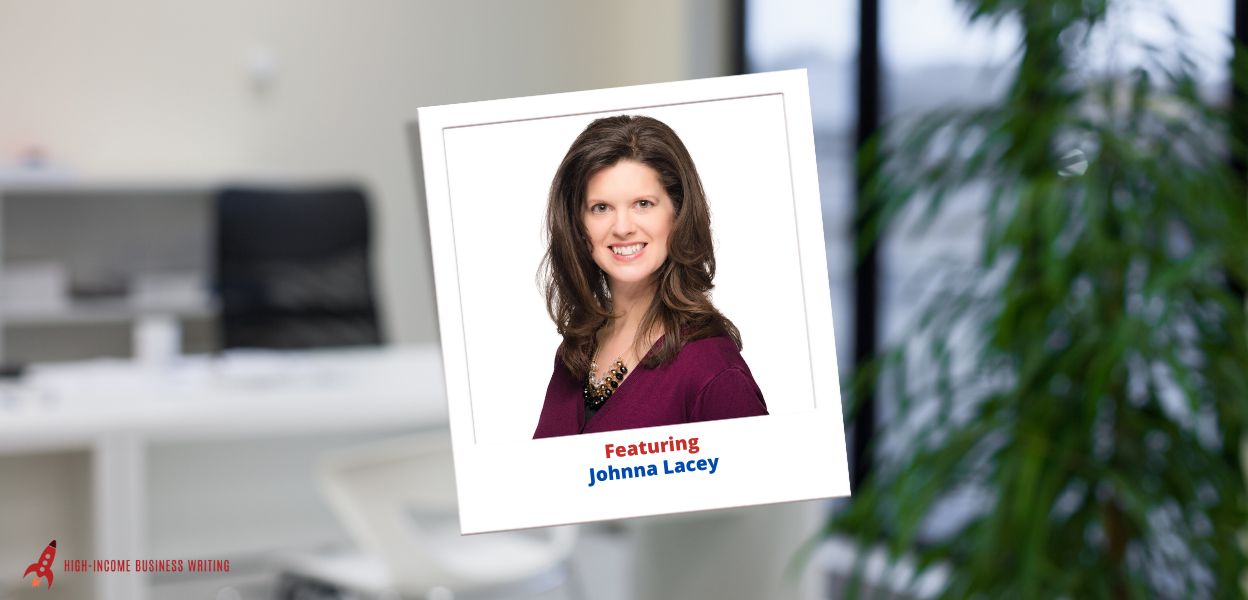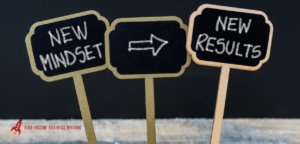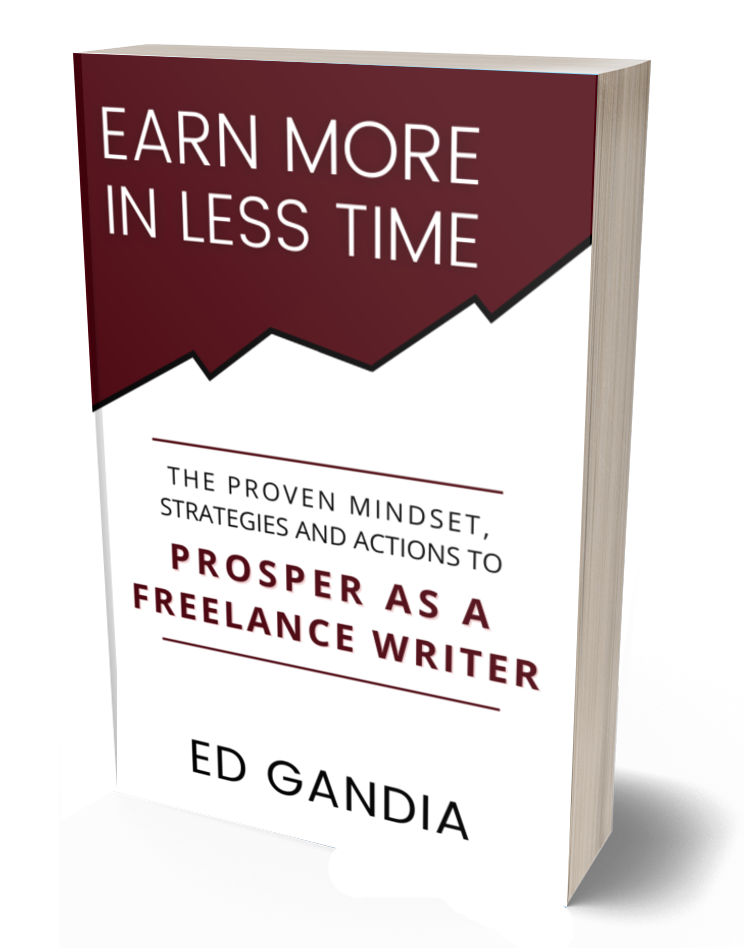What makes some businesses unforgettable while others fade into the noise? The answer isn’t just in a logo or a tagline — it’s in the story they tell.
In this episode, we dive into the art of brand storytelling with Johnna Lacey, the founder of J.M. Lacey Communications. Johnna has more than 20 years of professional writing experience and over 40 years of creative storytelling. She specializes in helping business owners, solopreneurs, nonprofits and authors simplify their messaging and build deeper connections through storytelling.
In this conversation, Johnna breaks down the difference between brand story and traditional branding, the biggest mistakes professionals make when telling their story, and how solo professionals can leverage storytelling to build trust, reputation, and community.
Plus, she shares practical steps to uncover your own story and even turn brand storytelling into a valuable service for your clients.
The notes that follow are a very basic, unedited summary of the show. There’s a lot more detail in the audio version. You can listen to the show using the audio player below. Or you can subscribe on Apple Podcasts, Spotify, Stitcher, Google Podcasts, Amazon Music or wherever you listen to podcasts.
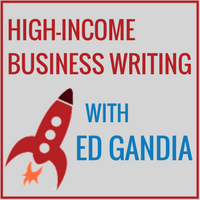

High-Income Business Writing with Ed Gandia
#365: The Power of Your Brand Story—Why It Matters and How to Get It Right
Key Topics and Bullets:
- Distinction from traditional branding elements
- Core identity and relationship to marketing
- Connection to Simon Sinek’s “Start with Why”
- Four keys: Purpose, Trend Connection, Emotional Connection, Value Proposition
- Approaches for midsize companies and solopreneurs
- Examples like RXBAR and Disney
- Establishing identity and value through brand story
- Differentiating story storytelling
- Brand story as more than marketing or sales
- Crafting authentic stories
- Emphasizing personal uniqueness
- Importance of personal exploration
- Starting with existing client relationships
- Learning about brand story
- Encouragement to use brand stories for differentiation and growth
Timestamp Overview:
00:00 Ed– I’m happy that you’re here, and I’m excited to dive into this topic. We haven’t really addressed this before in the podcast. And I guess before we get there, I wanna make sure people have a little bit of context. So why don’t you tell us about your work, your business, what you focus on, what kind of clients you work with?
Johnna-Sure. So my main work is training and teaching, companies, businesses, and even solopreneurs and authors brand story. So that’s obviously, that’s the topic we’re gonna talk about and we’ll discuss why that’s so important. But, that’s the main thing I do and I prefer the personal touch with that. So I don’t have you go to my website. There’s no do it yourself, workshop or training. It’s really working with me personally to guide you through that process. So that’s really the main thing I do.
05:58 Ed– . This is sounding a lot like your big why. You know, I’m thinking of Simon Sinek, start with why. And, you know, when I think of the big why, I think why does your business exist beyond making money. Right? So how aligned is it with that? Is there just a bit of an overlap? Is it a big component of that? It sounds like it does, but I’m curious how it’s different.
Johnna– It has everything to do with your why. Because when you put your brand story in place, you’re showing your audience who you are and what you represent. You’re building your image on your value. So you’re really connecting with like minded individuals and companies. So there’s 4 things that your story is going to tell people or, like, what I like to call them are the 4 keys. So let me just explain those keys because you’re gonna love this. The first one is what is your purpose? So here’s the big why. Here’s the 3 letter word.
07:50 Johnna– Why should people even do business with you? Why are you the right person or the organization to bring about change? How does your experience tie into your expertise? What makes you really attractive to your audience? So as you can see with all of these elements that you cover in your story, this is going to help you connect with the right audience that you’re trying to attract. Your goal here is to build trust and relationships, which takes time. And another cool thing too that I like to mention to people about our brand story is it’s really a soft sell in a way because people are getting to know you. And so you’re alleviating the stress of selling yourself to your prospects or consumers, which I’m gonna raise my hand. I hate selling. I really hate that. It feels icky to me and I’m not good at it. I’m just not good at it.
12:16 Ed– But, like, let’s say a small to midsize business where now it’s you’re not selling this the founder anymore. Now it’s about the business itself. And let’s just say, I don’t know, a hundred million dollar business, which is still considered, I think, a small business in most cases.
Johnna– Okay. So, alright. So here’s an example that you might relate to and, of course, you can Google all of this too. But, 1 company that I look at is RXBAR, for any that might be familiar with their products. They’re fairly fairly new company within the last few years, but, but it’s really interesting to see how they took their history, and also from their and and created this incredible brand story and how that, morphed into just a really interesting slogan, which I don’t have in front of me right now. But, they represent really healthy eating and, so they talk about how they started these 2 guys and, and how it’s grown from there. So even a small business, I mean, you can approach it from the aspect of the founder or, you know, from the CEO. You know, it depends on how big they’ve gotten.
14:16 Johnna– Maybe what you do and the way you do things will change depending on where we are in the stream of time. But the actual, vision and mission, those are the things that don’t change. And so it’s interesting to see, especially businesses who have been around for decades, how much that has stayed the same and everything that they do is incorporated into that. So it might start out with the I think, you know, honestly, I think every company does, start out with the founder. I mean, you look at the Walt Disney company. I mean, that’s a massive company and you talk about the epitome of storytelling. But it’s really the humble beginnings of Walt Disney and what his vision was, the mistakes that he made.
18:21 Ed– So let’s talk about positioning and where positioning fits into brand story. Is it something that happens later? We don’t have to take a deep dive there, but I just wanna make sure that I understand where these things fall within the range of brand story and branding and all that.
Johnna– So let’s talk about positioning and where positioning fits into brand story. Is it something that happens later? We don’t have to take a deep dive there, but I just wanna make sure that. I understand where these things fall within the range of brand story and branding and all that.And and as you position yourself where your audience is and that’s gonna help you build on your reputation. It’s truly amazing how much your brand story can help you establish credibility and place you or position you in a way that the right consumers or the right clients are gonna be drawn to you. So I will mention that what good brand storytelling is is really about, just a few things, to keep in mind. If you tell the story right, you are setting expectations, You’re clarifying your message. You’re highlighting your vision and emphasizing your motives. You’re showing your audience that you’re interested in solving their problem or multiple problems. You’re motivating your audience to support you. You’re taking them on a journey by focusing on something meaningful to them, and you’re building relationships.
22:35 Johnna– So if you’re an author, for example, you write a book, well, maybe you’re gonna write more books. You know? So you can’t place your brand on that or your logo. You know, you can’t, create this logo design based on maybe 1 of your products. Well, then the product changes. Or over time I mean, I’ve been in business since 02/8. Things have changed over the years.
24:06 Johnna– So it’s not something as you can tell that can be accomplished overnight. This is a very huge labor intensive process, but I will say from personal experience, it’s worth the effort. So you wanna make sure that your foundation is just like building a house. Right? Have the foundation first, and then you add the framework, and then you add all of the decorations and the paint and all the, you know, stuff that I like to do. Right? But none of that’s gonna hold up if the foundation isn’t there. So the same thing with your brand story, that is your foundation. So that has to be in place. And if you have a client that maybe they have a brand story, but now they’re looking for a rebrand, they need to make some changes, then that’s an opportunity too where you can spend time with them and all that effort, it is certainly gonna be well spent on that.
30:14 Johnna– What they wanna know is who they are spending time with for the next six months or longer. They wanna know your personality. And so that, again, is where you need to shine. Don’t worry about selling your skills. Just shine with yourself. So the key is to shape your own brand story first. You know, understand before you do anything else, especially, and maybe like myself, I’ve been in business for a long time and so this is only a couple years ago that I realized something, something’s wrong or something’s missing or I don’t know. And that was the thing.
32:03 Ed– So if I’m understanding you correctly, this is not about chest beating. This is not about telling people that, oh, here are all my qualifications. Again, people don’t care what you do or how you do it until they understand why you do it and what you’re about. Right? So even if on the surface, you think the story is kind of boring, and it’s no different from anybody else’s, you are unique. And, you know, maybe as you start unpacking it this is my interpretation of what you said. So tell me if I’m on the right path. It might, on the surface, feel very unceremonious.
36:27Johnna– It’s not impossible. But with that said, what I would do is I’d focus on your current clients, people that you’ve been working with, that you’ve come to know. So look at their company. What is it that’s missing? First of all, do they have a brand story? If not, well, there you go. That’s if that’s missing, if their marketing is all over the place and they’re just, you know, spinning stuff out, that’s that communication, is askew. And so there’s a problem there. Is our company culture askew also? Are there SOPs all over the place? Is there confusion and miscommunication internally? Can their employees, not just employees, what about their c suite executives? What about board members? Are they all sharing the same story of what the company is that they work for, what it’s about, or is everyone telling a different story? There’s a problem there. So that you can look for those missing elements and those and those problems, to try to help them.
38:31 Johnna– My website, hopefully, is easy. It’s jmlacey.com. So jmlacey.com. I would recommend signing up for my newsletter, Writer Authentic. I know that you’re a subscriber too and you’ve noticed I highlight a lot about brand story and how to put all that together. But what’s also cool is when you sign up, you get a free download. It’s a guide, 10 questions to ask yourself to find your brand story. So if you’re saying, oh, I need to start my brand story, that is why I designed that guide. And of course, the website has tons of articles on it, where I discuss 4 keys and articles on that. And then this week, of course, you and I are doing this podcast now. By the time it goes out, the newsletter and the article will be out. But this week, I’m sharing in my newsletter and on my website the 7 steps to shape your brand story narrative. This is a question I’ve received from many who have attended my webinars that, you know, I want a guide.
40:53 Ed– Well, Jonna, thank you so much. This has been a wonderful conversation. I’ve learned so much. I got notes here on my little cheat sheet, and, I know that, the audience really values and appreciates all these insights.
By the way… whenever you’re ready, here are 4 ways I can help you grow your freelance business:
1. Claim your free book:
Discover the secrets to a thriving writing career in Earn More in Less Time: The Proven Mindset, Strategies and Actions to Prosper as a Freelance Writer. — Download your FREE copy
2. Level up with the ultimate business-building toolkit
Ready to fast-track your freelance success? My comprehensive Business-Building Toolkit equips you with the essential skills to command higher fees, win premium clients, blend AI into your workflow, and build more predictable freelance income. Developed from years of coaching top freelancers, this toolkit is your roadmap to rapid results. — Learn More?
3. Work with me for 90 days
Need a trusted “sparring” partner to tackle your most pressing business challenges? I occasionally offer an intensive 90-day coaching program for freelancers at all income levels. We work together 1-on-1 to identify your most critical business obstacles, come up with innovative solutions and develop a customized, actionable plan. Email me at ed@b2blauncher.com with “90-Day Accelerator” in the subject line to learn more.
4. Banish 6-figure burnout
One of my core specialties is helping 6-figure freelancers earn more in less time with less stress. If you’re at that income level but you’re burning out and want to create a business that actually serves you, let’s connect. Email me at ed@b2blauncher.com and put “Boardroom” in the subject line and I’ll get back to you with more details.
